A new Nintendo Switch model revision has been rumored for a very long time, and, this time, insiders and leakers were right, as the new Nintendo Switch OLED model is indeed going to be released this year worldwide. But is it really the rumored Nintendo Switch Pro that is meant to bring Switch games to the next level? Not quite, as the Nintendo Switch OLED isn’t that much different from the regular model.
What are, then, the main differences between the new and old models? Let us find out.
What’s the Difference Between the Nintendo Switch OLED and Regular Nintendo Switch?
Size and Weight
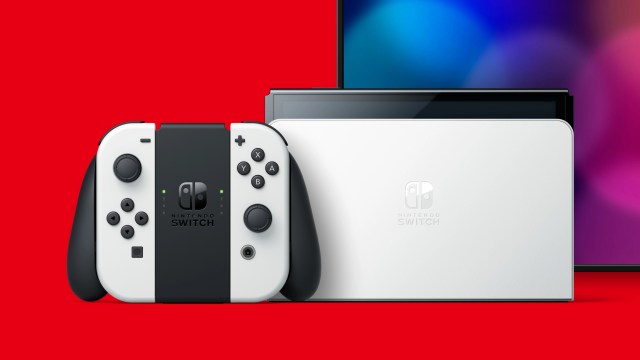
The new Nintendo Switch OLED model is going to be a little bigger and a little heavier than the regular Nintendo Switch. The new model will be 4 inches high, 9.5 inches long, and 0.55 inches deep (with Joy-Con attached) as opposed to the old model, which is approximately 4 inches high, 9.4 inches long, and 0.55 inches deep (with Joy-Con attached). A minimal difference that is not going to hinder portability.
The biggest difference will be in weight. The Nintendo Switch OLED will weigh approximately .71 lbs (Approximately .93 lbs with Joy-Con controllers attached) as opposed to the .66 lbs (Approximately .88 lbs when Joy-Con controllers are attached) weight of the original model. Again, not a big difference.
Screen
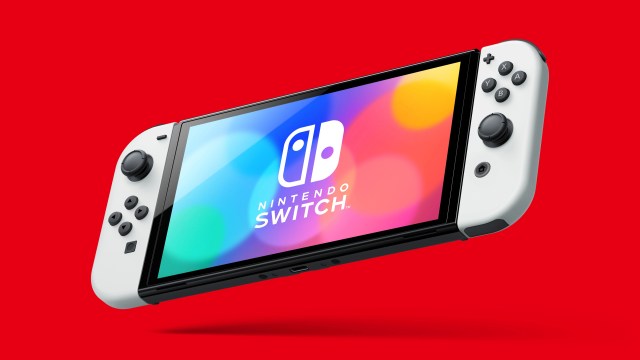
The biggest difference between the Nintendo Switch OLED and the regular Nintendo Switch model is the screen. The new model will come equipped with a 7.0 inch multi-touch capacitive OLED touchscreen, as opposed to the original’s 6.2 inch LCD screen. The new screen’s resolution will be 1280×720, the same one as the old model.
While the resolution will be the same, the OLED screen will make a massive difference, with vivid colors and crisp contrast.
Dock
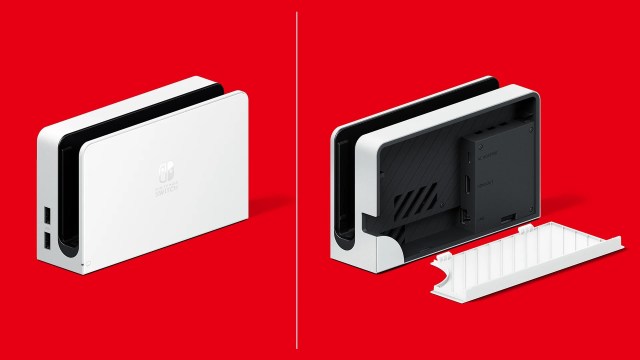
The Nintendo Switch OLED will be sold with a brand new version of the dock that will make fans of online competitive games happy. This new dock will feature a wired LAN port that will allow for a more stable online connection via an Ethernet cable.
Stand
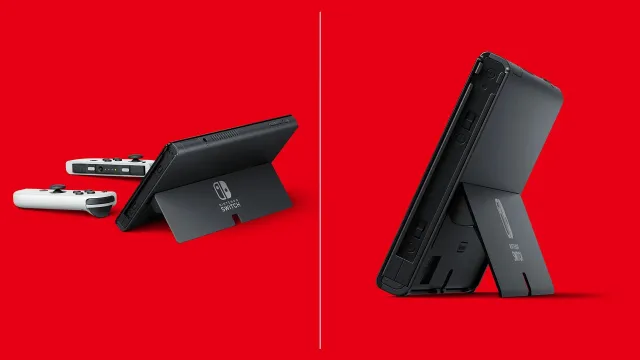
The Nintendo Switch OLED will also improve the Tabletop mode experience quite a bit, thanks to a new wide, adjustable stand. Thanks to this new stand, it will be possible to adjust the console to find the best viewing angle.
System Storage
The Nintendo Switch OLED will also feature improved system storage, sporting double the amount of the original model, 64 GB instead of 32 GB. Compared to the other current-generation consoles, it is definitely not enough, but at least the console will continue to be compatible with microSD, microSDHC, and microSDXC memory cards.
Audio
The Nintendo Switch OLED mode will also feature enhanced audio for handheld and tabletop play with the introduction of new front speakers.
Color Options
At launch, the Nintendo Switch OLED will launch with two color options.
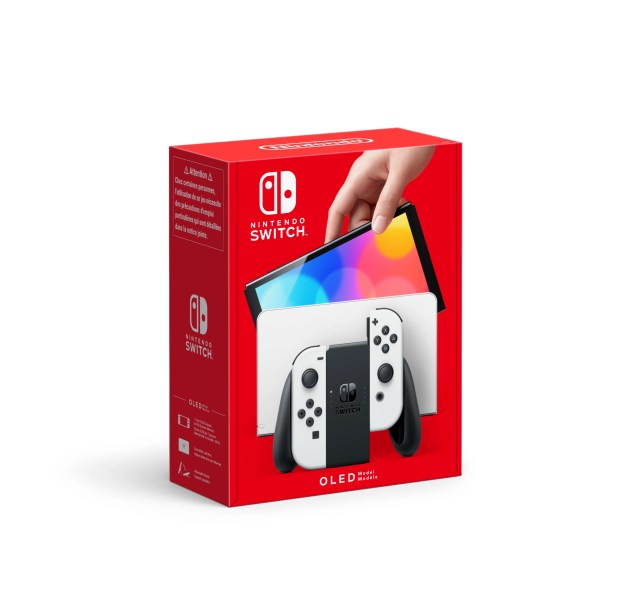
The first one will be the White Set, which will feature white Joy-Con controllers, a black main unit, and a white dock.
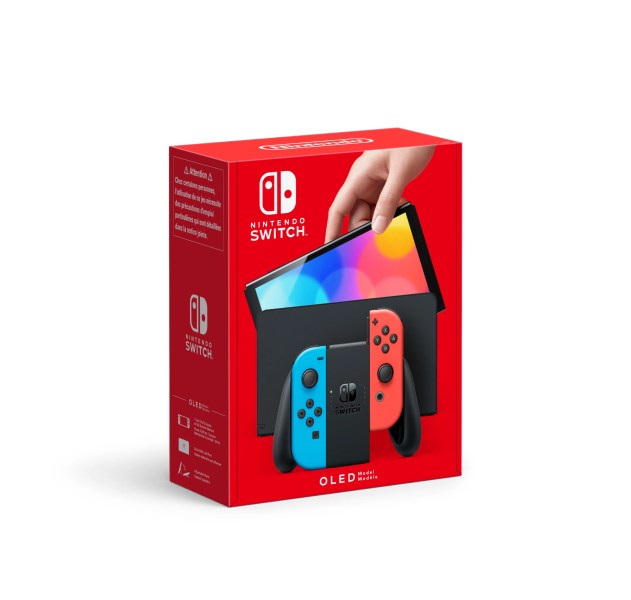
The second option will be the classic Neon Red/Neon Blue set, which will feature neon red and neon blue Joy-Con controllers, a black main unit and a black dock. All Joy-Con sets released so far will be compatible with the system.
The Nintendo Switch OLED releases on October 10 for the price of $349.

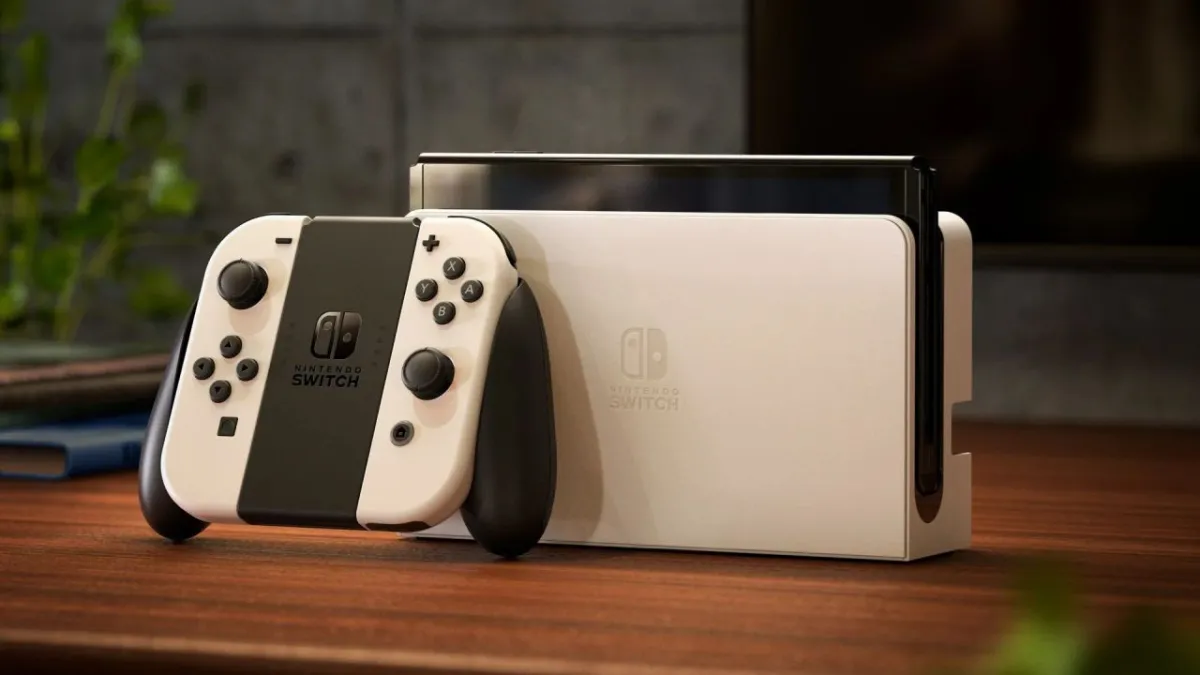
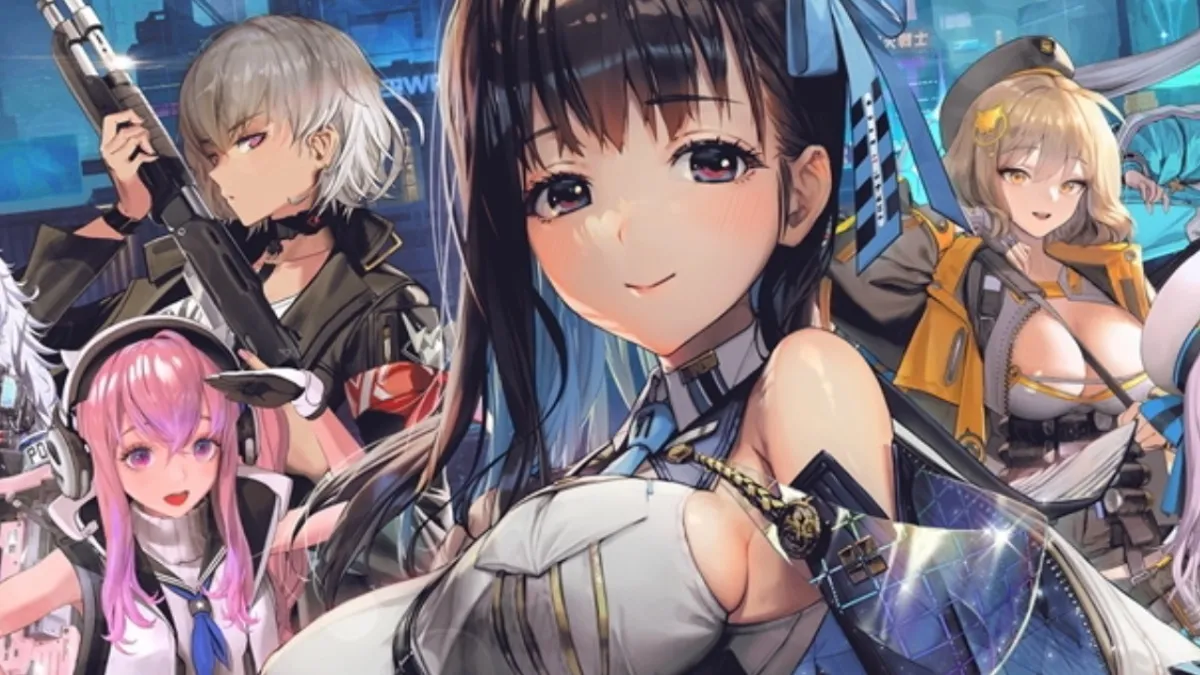
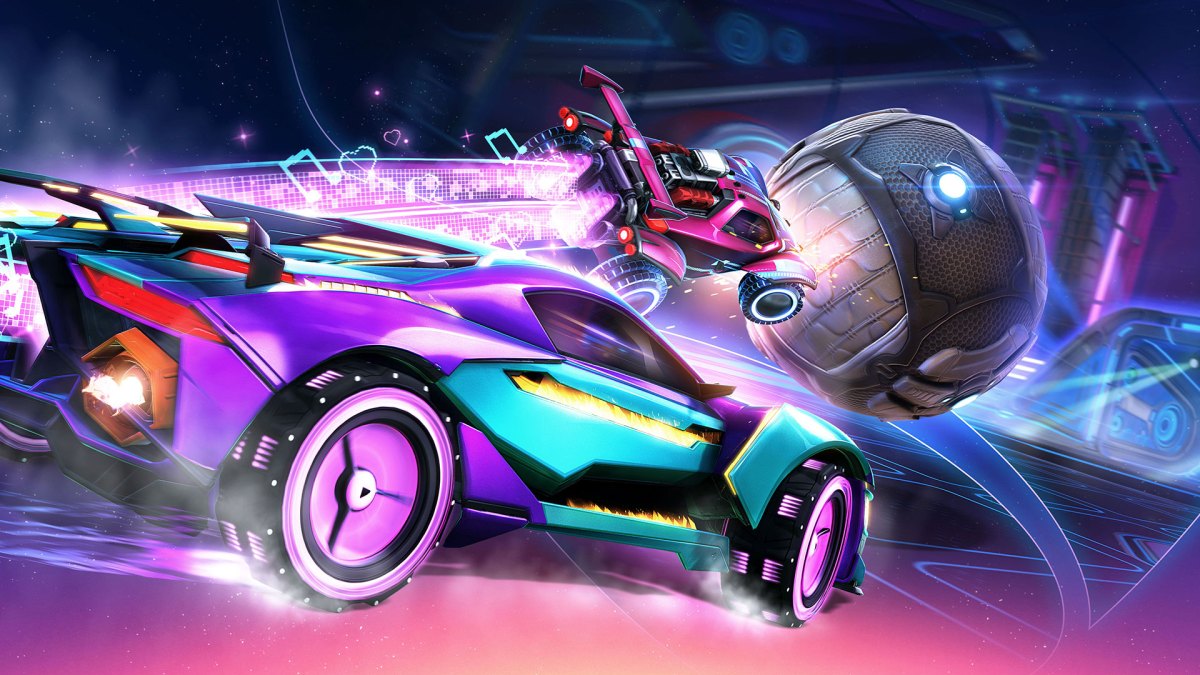

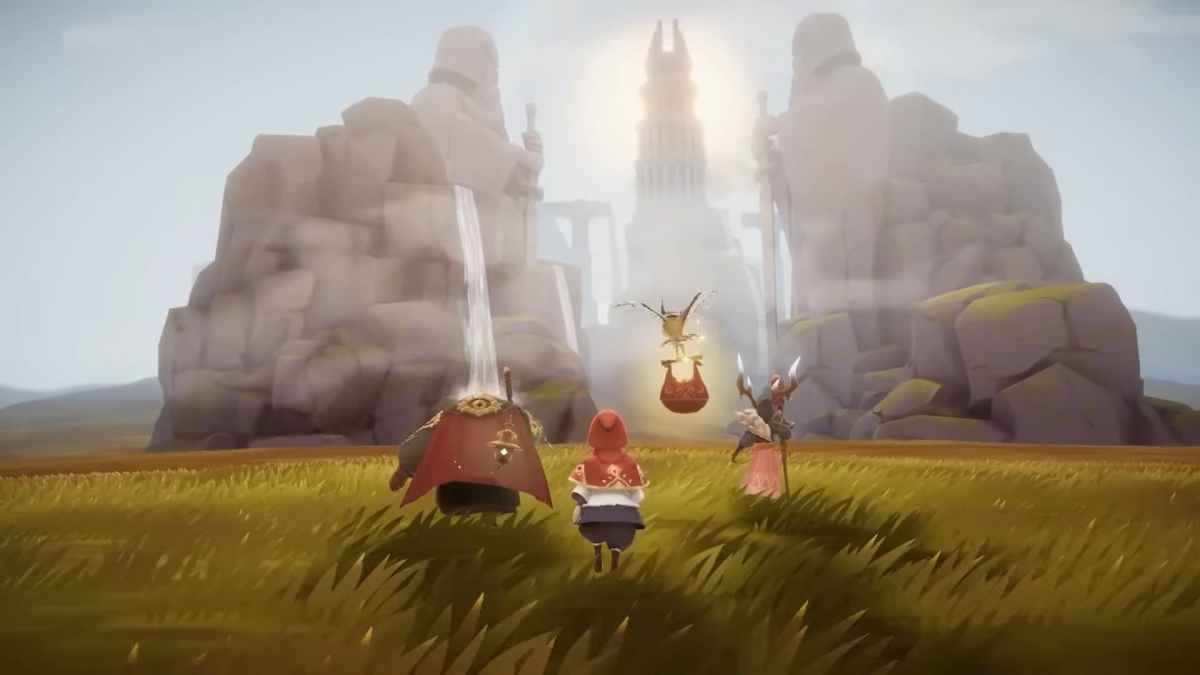

Published: Jul 6, 2021 09:50 am